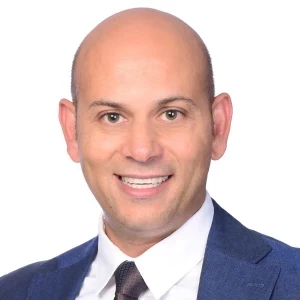How do I simultaneously show my thinking while also calculating during the math section?
For example, I embark on doing the consulting math. I'll first say some initial reflections on the graph or data presenting.
I'll ask for a minute or so to engage in the math. As I calculate should I start going stream of conciousness by telling them what I'm doing. Moreover, do I need to be saying things like “Ok so i've got $118 in meals per day and there's 50 days in a year approx so that's 11,800 divided by 2 which is 5,900”
Or should I just do all this in my head and then once I'm done I explain to them what I was doing & how i did it? Perhaps this is better because the stream of conciousness method would include all my mistakes and u-turns and things?


















